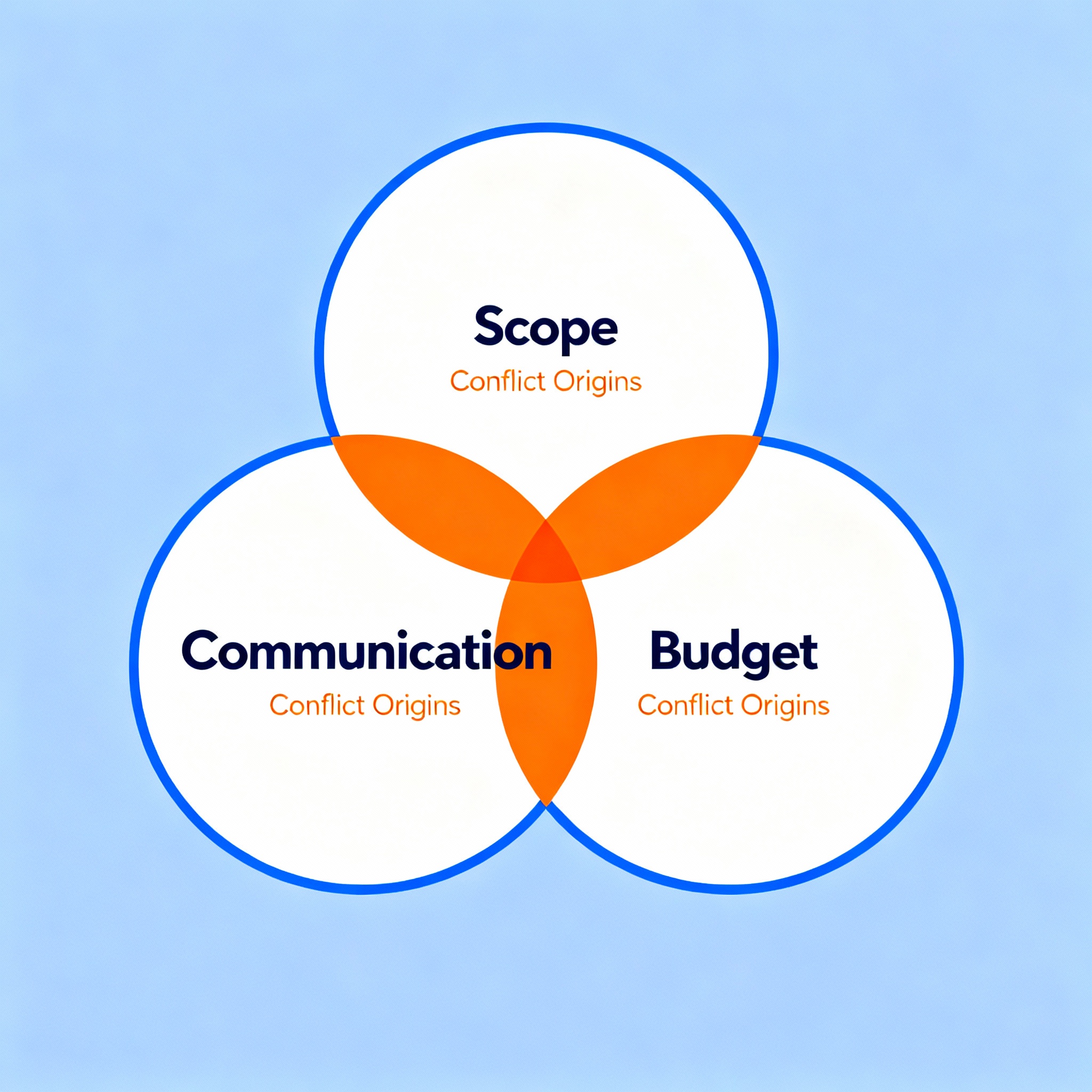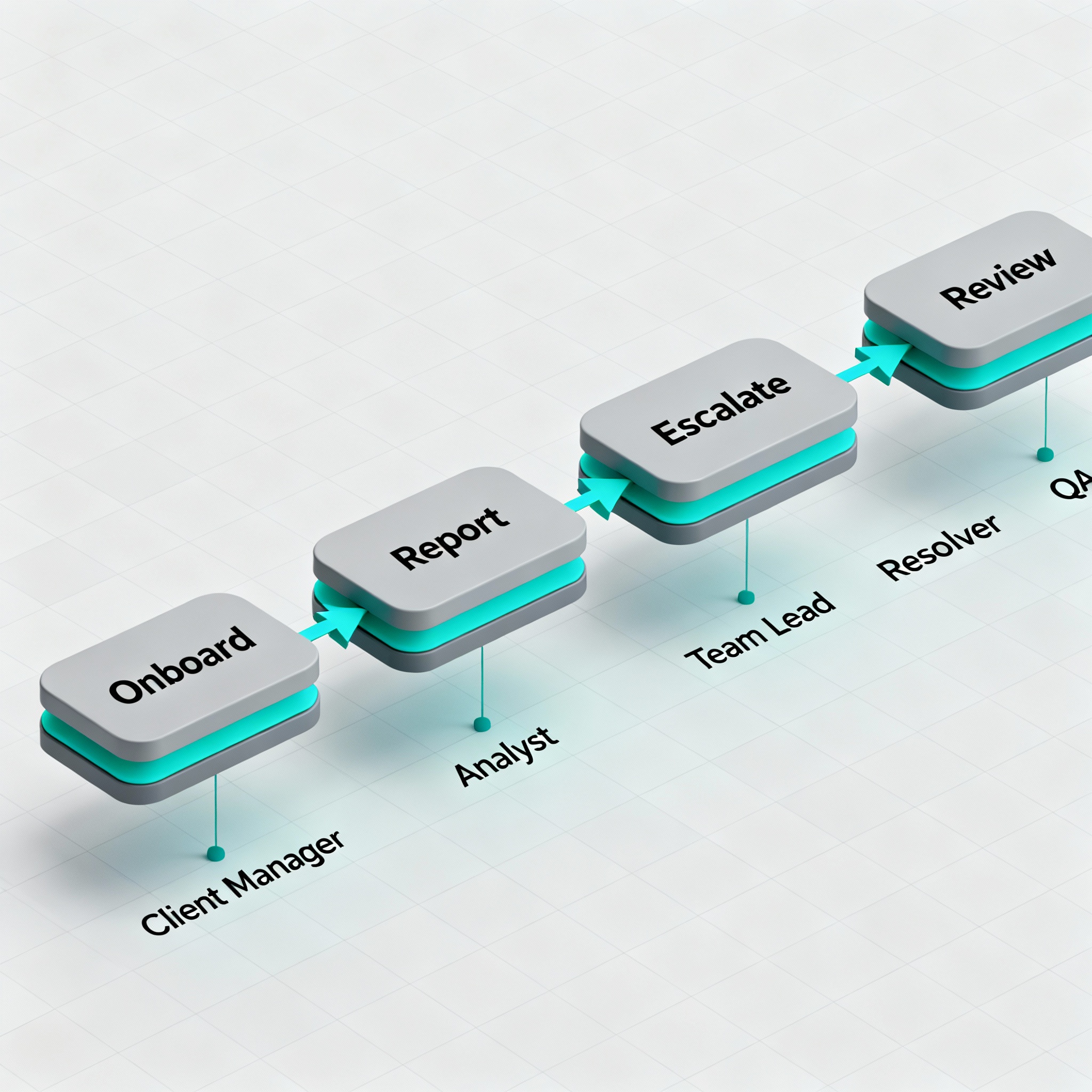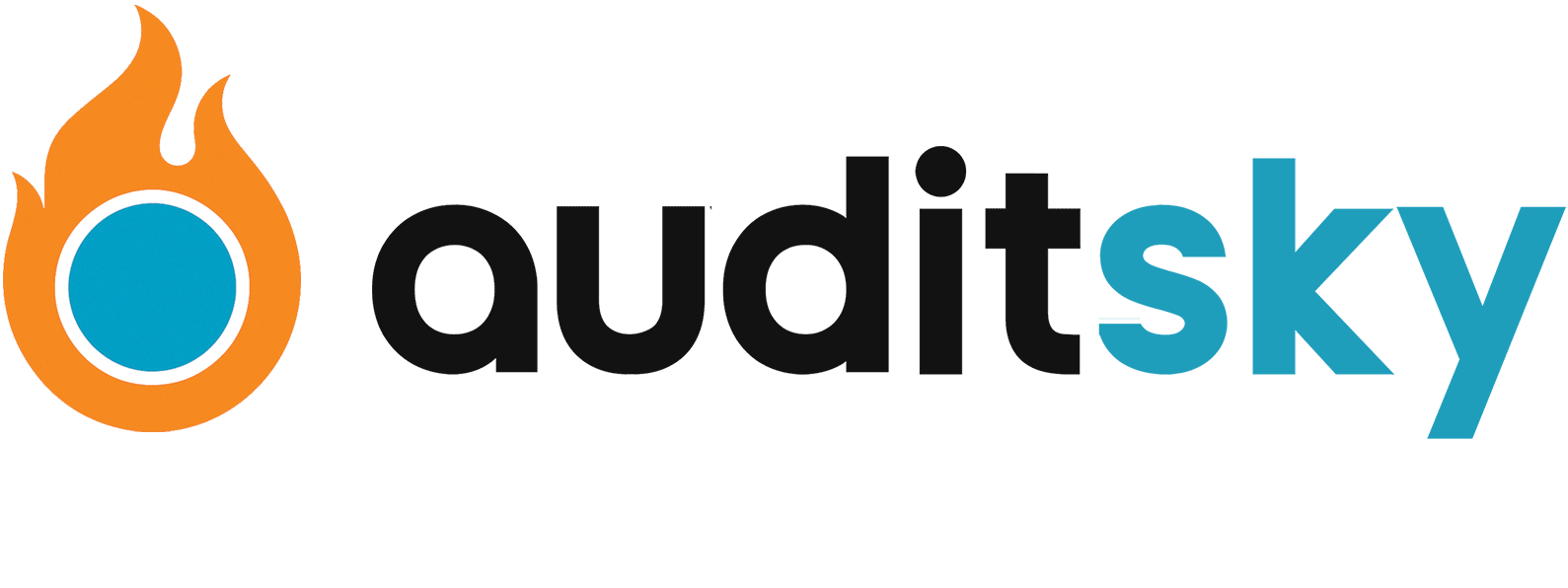How you respond when a client becomes impossible often decides whether the engagement becomes a long-term win or a constant drain. You can protect your margins, your team, and your reputation by using simple systems that prevent escalation and make tough conversations routine.
How to handle difficult agency clients is something every agency leader will face at scale, and the difference between losing a client and turning them into a case study is usually process, not personality.
Why tough clients are a business problem, not a personality problem
Challenging clients cost agencies time, team morale, and margin. When you treat difficult behavior as a systems problem you get options: better onboarding, clearer contracts, and escalation playbooks. That means fewer drama-filled meetings, faster resolution, and fewer lost projects.
Before we get into tactics, here’s the mindset shift that helps: don’t assume every difficult interaction is about you. Often it’s about ambiguity in scope, stress on the client side, or misaligned expectations.

9 practical tactics for handling difficult agency clients
1. Prevent problems with a strict onboarding checklist
Kick off every new client with a documented onboarding that covers goals, scope, deliverables, timelines, and primary contacts. Put escalation points and reporting cadence in writing. When everyone knows the process, surprises drop.
2. Build rules of engagement into proposals and contracts
Put communication norms and scope change fees into the contract, not just the proposal. Policies like "one weekly status call" or "scope change ticket required" let you push back politely and enforce boundaries.
3. Use objective metrics and a shared dashboard
Make decisions evidence-led. Show traffic metrics, conversion data, and project hours in a shared dashboard so arguments become about data, not feelings. If you use tools or white-label reports, embed them into proposals and reports.
4. Practice active listening and mirror back concerns
When emotions run high, slow down and reflect what you heard. That simple move diffuses tension, clarifies the real complaint, and often reveals a simple fix.
5. Offer options instead of excuses
If you can’t meet a demand, give two or three reasonable alternatives. People accept trade-offs better than flat refusals. Options preserve the relationship and keep the project moving.
6. Enforce boundaries gracefully
If a client calls at midnight and you don’t do after-hours work, thank them and confirm when you will respond. Treat policies as business standards, not personal rejections.
7. Escalate with structure
Create an internal escalation path: account rep, account director, and agency partner. When an issue escalates, follow the documented path so clients feel heard and your team stays protected.
8. Know when to fire a client and do it well
Sometimes the right move is to end the relationship. Create an exit checklist, deliver final files, invoice promptly, and give referrals. Ending cleanly protects your brand and team energy.
9. Learn from every conflict
Add a short post-mortem after contentious projects: what went wrong, where expectations failed, and one process change to prevent recurrence. Continuous improvement is the antidote to recurring client problems.

How these tactics tie to growth and retention
Here’s the thing, agencies that formalize client handling scale faster. Less reactive firefighting means more predictable delivery, better case studies, and happier referral sources. If you want to convert traffic into leads and reduce churn, pair better client management with tools that capture visitor intent and highlight gaps in a prospect’s site or strategy.
If you want an embedded tool to capture leads and present opportunity reports during sales conversations, check out Auditsky’s agency features and white-label audit tools on their agencies page: https://auditsky.ai/agencies/.
Tools and templates to make it repeatable
- Standard onboarding checklist template, saved in your project management system
- Contract addendum for scope changes and extra revisions
- Shared KPI dashboard that both teams review weekly
- Escalation email templates and meeting scripts
If you’d like a tool that generates quick, branded SEO and AI-audit reports to share with clients, Auditsky provides agency-focused audit widgets that embed on landing pages to spark conversations and capture leads: https://auditsky.ai/.
Real-world guidance and research
Pro resources and practical guides can help you level up your communication and policies. HubSpot’s customer service playbook has strong techniques on de-escalation and active listening. Forbes and Upwork have checklists and perspectives from agency leaders on client communication and boundary-setting.
- HubSpot on de-escalating difficult customers: HubSpot Guide on Difficult Customers
- Forbes Agency Council insights on client communication: Forbes Agency Council Tips
- Upwork’s practical strategies for freelancers and agencies: Upwork Guide on Difficult Clients
Frequently asked questions
How do I stop scope creep before it starts?
Document deliverables, require written change requests for any additional work, and price change orders clearly. Use a scope-change fee schedule so clients understand the cost of additions.
What if the client is abusive to my team?
Protect your people. Pause the relationship if necessary, escalate internally, and offer a formal letter that explains why the behavior is unacceptable. If it doesn’t stop, terminate and invoice for work completed.
Are there scripts for difficult conversations?
Yes. Use a simple script: acknowledge the issue, restate the goal, present evidence, offer options, confirm next steps. Keep it short and fact-based.
When should I consider firing a client?
If the client repeatedly violates agreed policies, is abusive to staff, or consistently refuses to pay, it’s time to exit. Prepare an exit plan and handoff documents first.
How do I keep good clients from becoming difficult?
Maintain regular reporting, set expectations, and schedule strategic reviews. Proactive communication prevents small annoyances from turning into big problems.
Can difficult clients be turned into advocates?
Sometimes. When you resolve a major issue and show measurable results, even skeptical clients can become strong referrers. That’s why evidence-led fixes and transparent reporting matter.
What role should leadership play during crises?
Senior leaders should step in for high-stakes conflicts or when a relationship is at risk. Their involvement signals importance and helps reset expectations quickly.
Ready to turn client friction into predictable growth?
If you want to reduce churn and capture better leads while you systemize client handling, consider embedding a white-label audit widget on your site. Auditsky helps agencies generate warm leads and present audit-based opportunities in sales meetings. Try their agency features here: https://auditsky.ai/agents/ or start with the main tool at https://auditsky.ai/.
Conclusion
Handling difficult agency clients is less about charm and more about systems. Clear onboarding, contractual boundaries, active listening, evidence-led responses, and a firm escalation path let you protect your team and your margins. Use each tough interaction as a learning moment and you’ll reduce drama, improve retention, and free up time to win the right clients.
If you want help making client handling repeatable and converting silent traffic into leads you can act on, Auditsky has agency tools and white-label audit reports built for growing agencies. Visit https://auditsky.ai/ to learn more and get started.
